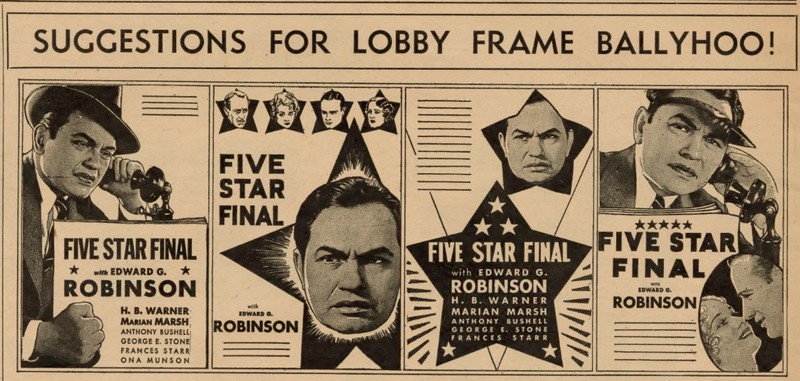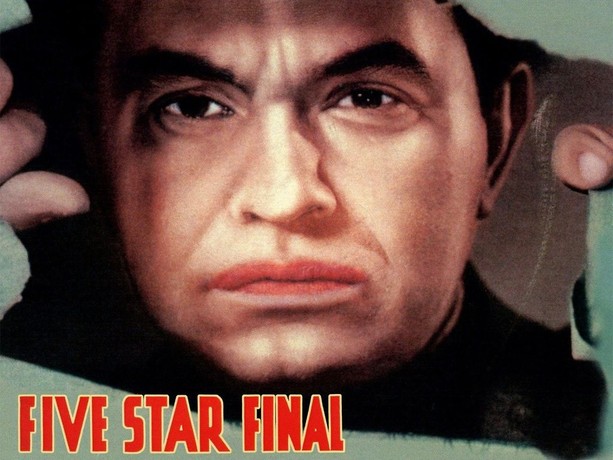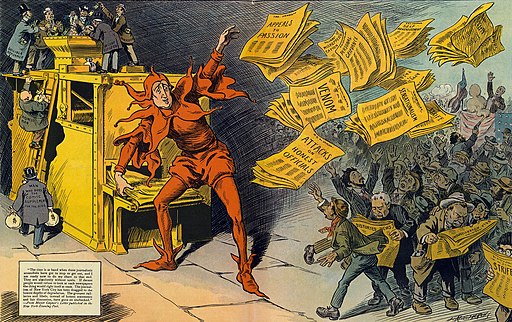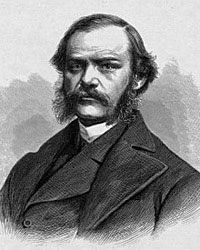 So far, this journalism class has given me a deeper understanding of both the history of journalism and the core freedoms that support it. We’ve covered everything from the colonial press up to the 1980s, exploring how journalism evolved through different eras. While there were many important moments, the part that interested me the most was the Penny Press Era, because it showed how journalism became something for everyday people not just the wealthy.
So far, this journalism class has given me a deeper understanding of both the history of journalism and the core freedoms that support it. We’ve covered everything from the colonial press up to the 1980s, exploring how journalism evolved through different eras. While there were many important moments, the part that interested me the most was the Penny Press Era, because it showed how journalism became something for everyday people not just the wealthy.
The Penny Press Era began around 1833, when Benjamin Day launched The Sun in New York City and sold it for just one penny much cheaper than the six cent papers common at the time. Thanks to steam powered printing, Day saw the potential in offering simple, affordable news for the masses. This change made newspapers widely available and helped spark a wave of competition between publishers.
One of those competitors was James Gordon Bennett, who founded the New York Herald in 1835. Instead of focusing on big national stories, he prioritized local news, changing the way journalism served its audience. Soon after, Horace Greeley launched the New York Tribune in 1841. Unlike others who relied on sensational stories, Greeley focused on rational, issue based reporting, which gave people a more thoughtful way to engage with current events.
The Penny Press also brought about new technology like half tone images, which made it possible to print photographs. This made newspapers more visual and engaging, but it also led to the rise of sensationalism something we still see today with clickbait and flashy headlines.
Along with this history, we also learned about the First Amendment, and how it protects the freedoms that make journalism possible. The six freedoms freedom of religion, freedom from religion, speech, press, assembly, and petition are the foundation of our democracy. We studied the “shield” graphic of the First Amendment too, which is shaped like a triangle. Each point connects freedoms that work together, and in the center is the zone of autonomy—the personal space where we can express ourselves freely.
Understanding these freedoms, along with concepts like compelled speech and the state action doctrine, has helped me better understand my rights not just as a citizen, but as a future journalist. This class has already made me more aware of journalism’s power and responsibility, and I’m excited to keep learning more.











